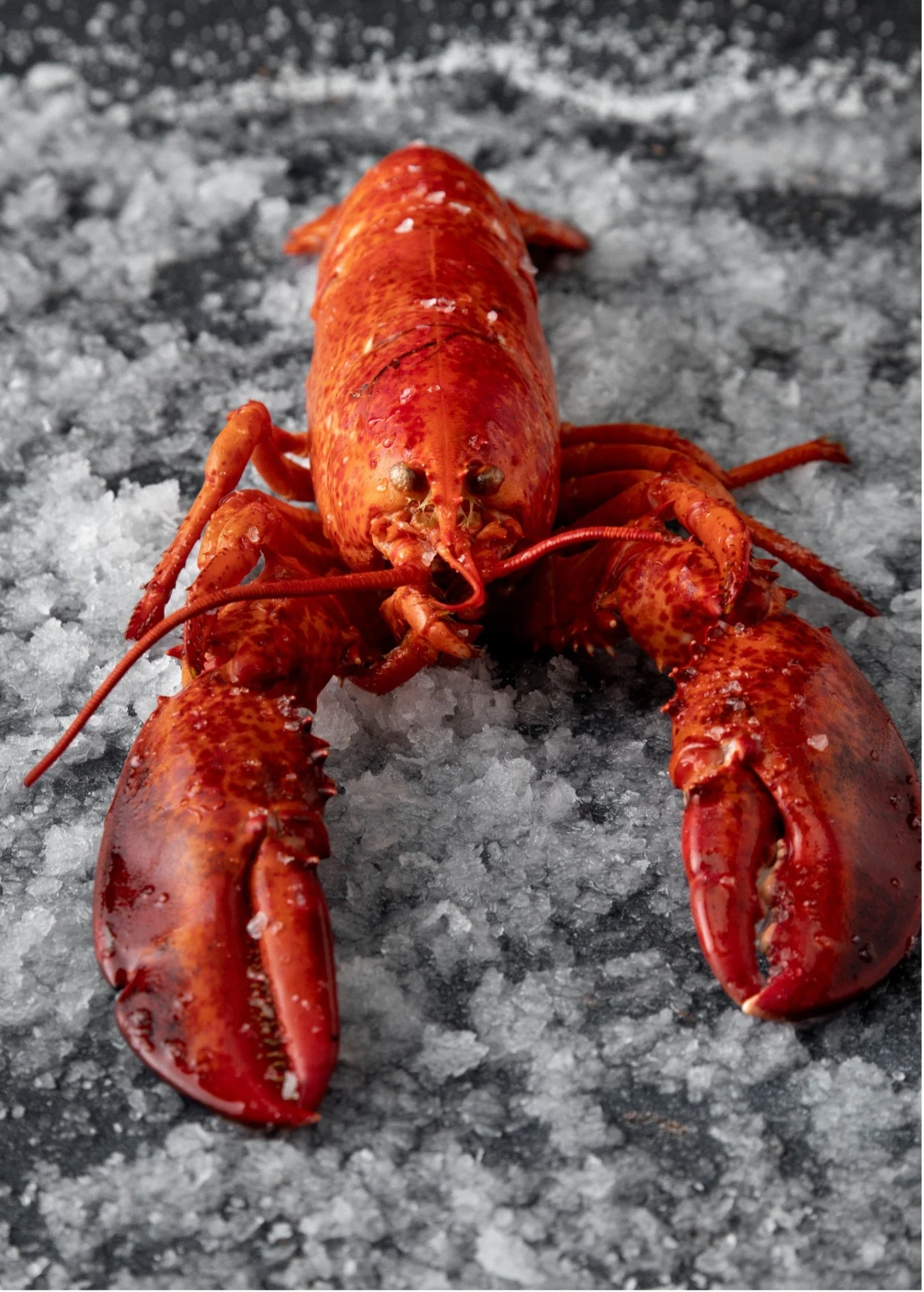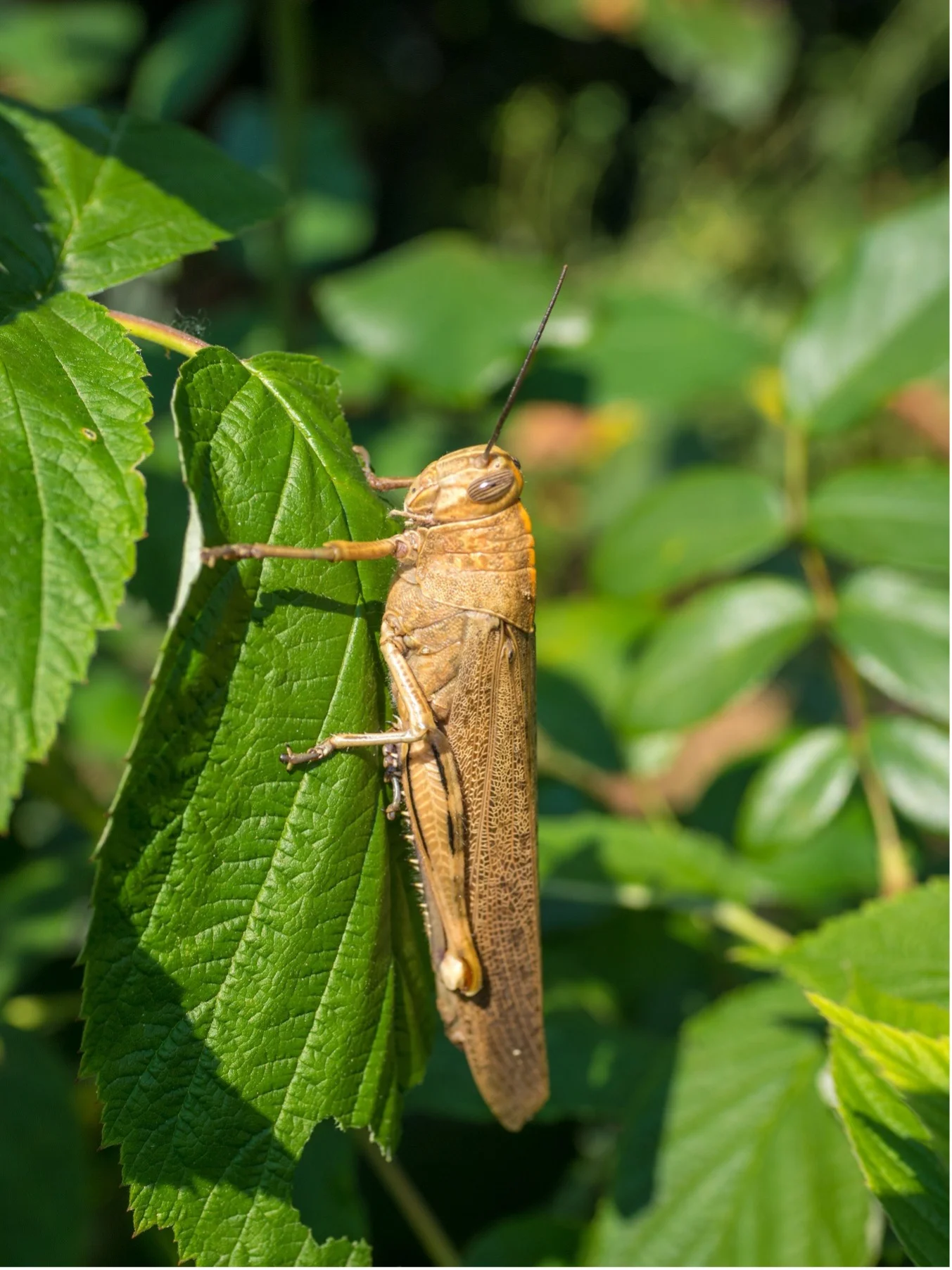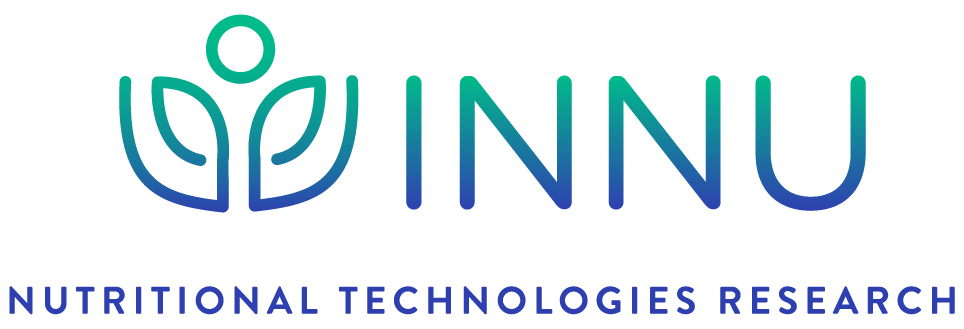Chitin is the second most abundant natural polymer after cellulose. It is found in the exoskeletons of crustaceans and insects, as well as in the cell walls of fungi. Both chitin and its derivative, chitosan, have applications in various fields such as agriculture, medicine, cosmetics, and the food industry. Moreover, recent studies have demonstrated that they offer multiple benefits for human health.
Why are chitin and chitosan beneficial for our health?
- Digestive health: They act as insoluble fiber, facilitating intestinal transit.
- Prebiotics: They promote the growth of beneficial bacteria like Bifidobacterium and Lactobacillus.
- Cholesterol reduction: They help decrease LDL cholesterol levels.
- Antioxidant and anti-inflammatory properties: They contribute to cellular protection and inflammation reduction.
- Immune system stimulation: They enhance immune response and metabolic health.
- Wound healing: They accelerate the healing of skin injuries.
Given the increasing demand for these biopolymers, it is essential to have standardized and efficient extraction methods.
Insects as an alternative source of chitin

Traditionally, chitin is extracted from crustacean by-products. However, insects, such as the house cricket (Acheta domesticus), represent a more accessible and sustainable source. Additionally, their cultivation allows for the utilization of protein for human consumption.
A challenge in extracting chitin from insects is the lack of standardized methodologies, as most procedures are based on marine materials. Recently, Espinosa-Solís and collaborators (2024) standardized a specific protocol to obtain chitin from the house cricket (Acheta domesticus), which includes:
- Degreasing: Removal of lipids with hexane.
- Demineralization: Use of hydrochloric acid (HCl) to remove minerals.
- Deproteinization: Application of sodium hydroxide (NaOH) to eliminate proteins.
- Purification and bleaching: Treatment with sodium hypochlorite.
- Deacetylation: Conversion of chitin into chitosan using concentrated NaOH.

This protocol has proven effective, achieving a 96% demineralization and a 43% protein extraction yield. The confirmation and characterization of the obtained products were carried out using techniques such as Fourier-Transform Infrared Spectroscopy, X-ray Diffraction, Scanning Electron Microscopy, and Differential Scanning Calorimetry.
Standardizing these methods is crucial to facilitate large-scale production of chitin and chitosan from insects, offering a sustainable and efficient alternative to traditional sources.
For more information: Espinosa-Solís, A., Velázquez-Segura, A., Lara-Rodríguez, C., Martínez, L. M., Chuck-Hernández, C., & Rodríguez-Sifuentes, L. (2024). Optimizing chitin extraction and chitosan production from house cricket flour. Processes, 12(3), 464.
https://www.mdpi.com/2227-9717/12/3/464


